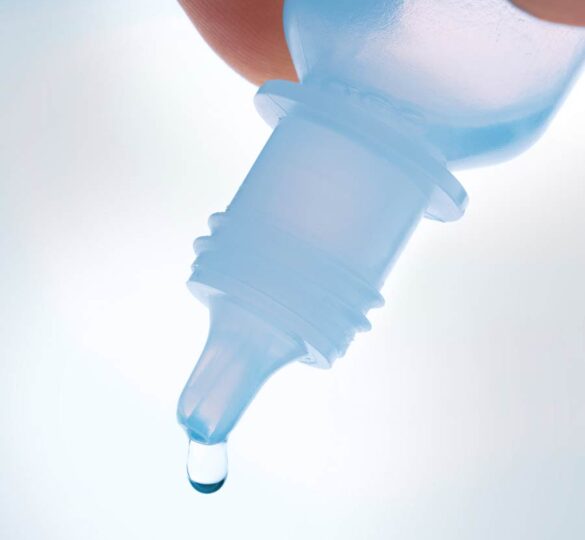Looking at the Cost and Quality of Generic Prostaglandin Analogs in Glaucoma Treatment
Prostaglandin analogs (PGAs) are often the first treatment choice for many glaucoma patients, but rising drug prices mean they’re not always a viable option.

Prostaglandin analogs (PGAs) are the first treatment choice for many glaucoma patients, but rising drug prices mean they’re not always a viable option. Many patients might consider purchasing generic PGAs to help solve this problem, but not all products are created equal, so it’s essential to stay aware of differences you might not expect between products.
Prostaglandin Analogs: The First Choice for Glaucoma Treatment
First-line treatment for glaucoma usually ends up being eye drops to lower intraocular pressure. When choosing between the different medications available, the first choice is often a prostaglandin analog (PGA). PGAs are preferred for a few reasons. For example, they only have to be used once daily. It can be difficult to stick with a lifelong routine of using eye drops every day, and poor patient compliance is one of the main reasons eye drops lose effectiveness. It makes it a little easier to keep to a schedule when they’re used once at bedtime, compared to two or three times throughout the day.
PGAs are also one of the most potent glaucoma medications, according to a 2016 review of treatment options. This means that PGAs lower intraocular pressure better than other glaucoma medications and are better tolerated by most people. PGAs can cause some changes to the eye, like altering eye color or making eyelashes grow longer. However, they generally don’t cause systemic side effects that can occur with the other medications.
Generic PGAs: Cost Versus Quality
According to FDA patent laws, generic drugs can’t be produced until the patent on the original drug expires. The first PGA patent didn’t expire until 2011, so generic PGAs are relatively new to the scene. This is great news for patients because of the lower cost of generics. Insurance providers also tend to cover generics when they may not pay for brand-name products.
But issues other than out-of-pocket expenses need to be considered. Here’s a question: If you buy the same amount of a brand-name drug and its generic, will you get the same number of doses from each one? For some products, the answer is no.
Eye drops—and the bottles they’re packaged in—have qualities that aren’t streamlined, which result in differences between products. For example, a generic may come packaged in a bottle that dispenses a larger drop and, as a result, you’ll get fewer doses out of the bottle. Drop size also raises concern over the amount of medication being delivered per drop, so eye pressure should be checked to be sure the medication is therapeutically effective. Even the way the bottle is sealed can affect the stability and concentration of the PGA inside the bottle.
In spite of these potential issues, generic PGAs are still extremely useful and help ensure more people get sight-saving treatment, so solutions to these quality differences need to be found. A change in FDA regulations would help, but there’s no way to know when or if that will happen. In the meantime, researchers and pharmaceutical manufacturers can lead the way by working together to test products and develop quality standards that keep generic PGAs safe and reliable.
First posted on May 4, 2017; Last reviewed on April 8, 2022